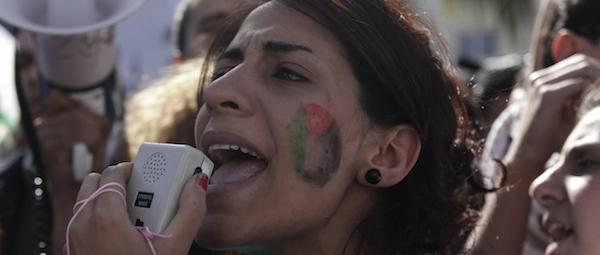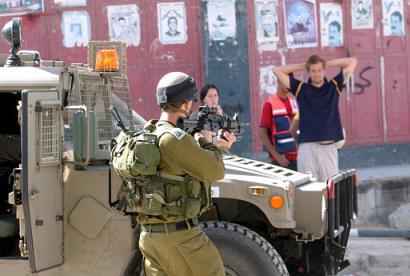Tag: Action Alert
-
Is there Hope of Justice for a Palestinian family in Israel’s Courts?
Update on the 13th March 2013: The Supreme court will review the case of Ziad Jilani After hearing an appeal presented on behalf of Moira Jilani, the widow of Ziad and their three daughters the Israeli Supreme Court Judges have decided that they wished to review all evidence in the case. Ziad Jilani was killed by…
-

A step in the right direction; as EU consuls urge sanctions against settlements, we call for the suspension of all trade agreements
28 February 2013 | Palestine Solidarity Campaign and International Solidarity Movement The European Union is actively supporting Apartheid Israel with its current trade agreements. Enough is enough; keep the pressure up, 2013 is the time for justice in Palestine. As more and more of us become aware of the systematic denial of Palestinians human rights…
-

Help us work towards justice in Palestine
Please donate for our work to continue through out 2013! The International Solidarity Movement is stepping into its thirteenth year of solidarity with the Palestinian people. What started as a few activists participating in actions against the Israeli occupation has developed into a movement of constant growth and change. Despite our growth and change, our deep…
